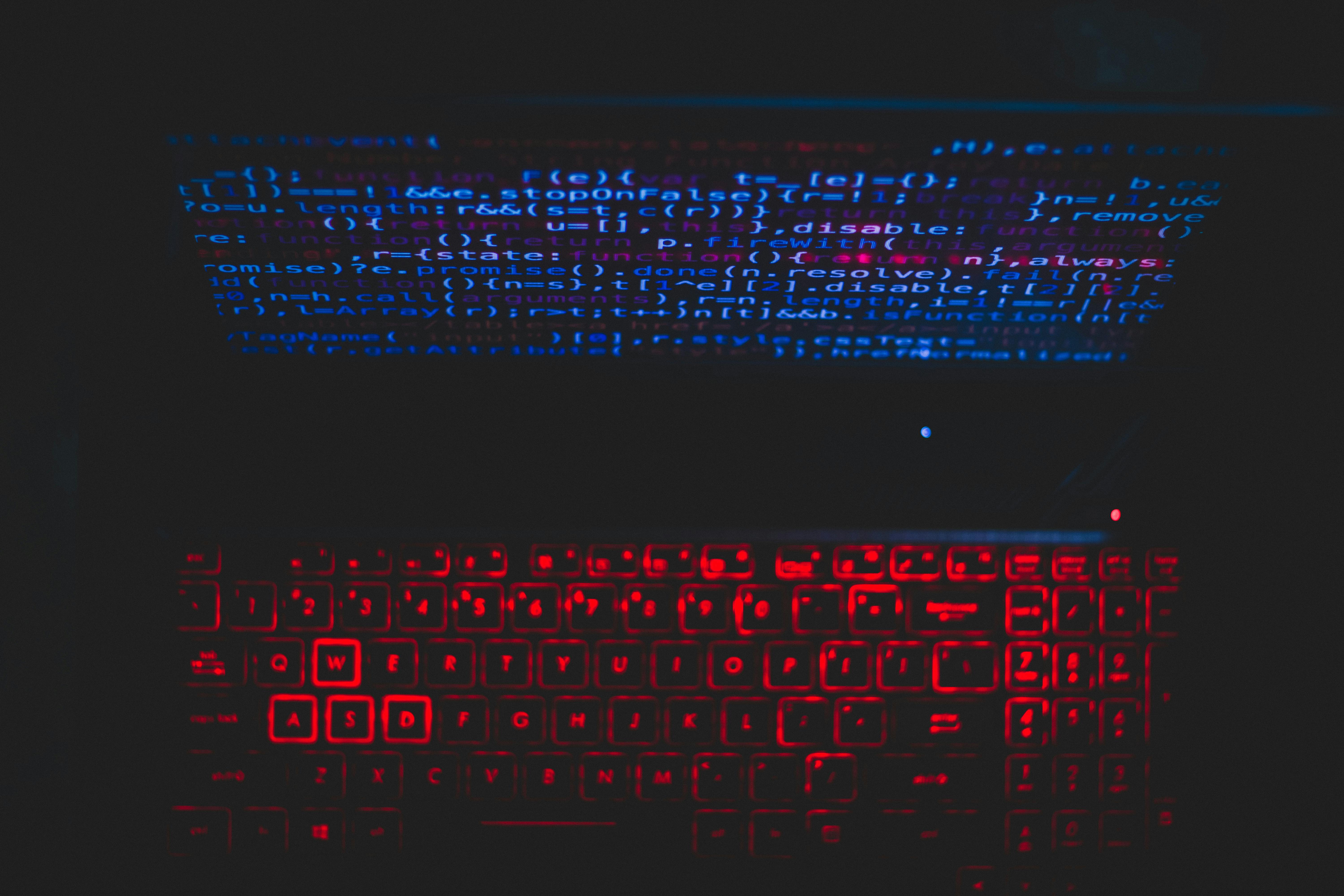MM-Eureka: Advancing Multimodal Reasoning with Rule-Based Reinforcement Learning

Top post
Multimodal Thinking: MM-Eureka and the Path to the Visual Aha-Moment
Artificial intelligence (AI) is developing rapidly, especially in the area of multimodal thinking. This involves the ability of AI systems to combine and process information from various sources, such as text, images, and videos, to solve complex problems. A promising approach in this field is MM-Eureka, a new model that applies rule-based reinforcement learning at scale to multimodal thinking.
Rule-Based Reinforcement Learning in the Multimodal Context
Reinforcement Learning (RL) has proven to be an effective method for improving the reasoning abilities of large language models (LLMs) in the text domain. However, applying RL to multimodal scenarios has presented a challenge until now. MM-Eureka overcomes this hurdle and reproduces key features of text-based RL systems like DeepSeek-R1 in the multimodal space. These include the continuous improvement of accuracy and response length, as well as the emergence of reflection behavior, i.e., the model's ability to review and correct its own thought processes.
Data Efficiency and Enhanced Capabilities
A remarkable result of the research is that both instruction-tuned and pre-trained models can develop strong multimodal thinking abilities through rule-based RL without the need for supervised fine-tuning. This suggests higher data efficiency compared to alternative approaches. MM-Eureka demonstrates that the model is able to reproduce the "aha-moment" in the visual domain, similar to what R1-Zero achieved in the realm of mathematical thinking. This opens up new possibilities for the development of AI systems that can solve complex visual problems.
Open-Source and Future Research
To promote further research in this area, the developers of MM-Eureka have released their entire pipeline as open source. This includes the code, the models, the data, and other resources. The open availability of these resources allows other researchers to build upon the results of MM-Eureka and advance the development of multimodal AI systems. The research findings underscore the potential of rule-based RL for improving multimodal thinking abilities and lay the foundation for future innovations in this dynamic field of AI research.
Applications and Potential of MM-Eureka
MM-Eureka's ability to process and interpret visual information opens up a wide range of application possibilities. From medical diagnostics to robotics to automated image analysis, the potential uses are diverse. By combining text and image information, AI systems can develop a deeper understanding of complex relationships and deliver more precise results. The further development of MM-Eureka and similar models could lead to a paradigm shift in AI research and accelerate the development of intelligent systems capable of better understanding and interacting with the world around us.
Bibliography: - https://huggingface.co/papers/2503.07365 - https://github.com/ModalMinds/MM-EUREKA - https://huggingface.co/papers - https://www.researchgate.net/publication/233507940_The_Aha_Moment_The_Cognitive_Neuroscience_of_Insight - https://media.suub.uni-bremen.de/bitstream/elib/8848/3/PDFA_Weber2025_Coalescing_Human_Factors_and_Agentic_Information_Systems_Archiv.pdf - https://github.com/Yangyi-Chen/Multimodal-AND-Large-Language-Models - https://arxiv.org/html/2403.06996v1 - https://ediss.sub.uni-hamburg.de/bitstream/ediss/9652/1/PhD_Thesis%20%28KDBoom%29.pdf - https://neurips.cc/virtual/2024/calendar.png)


